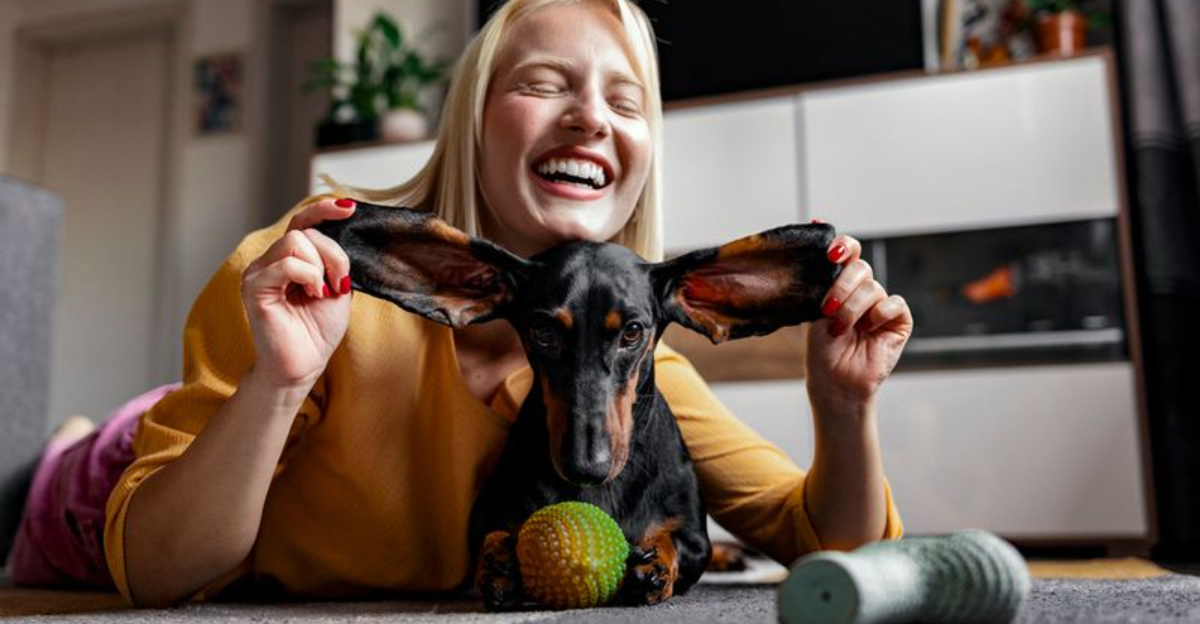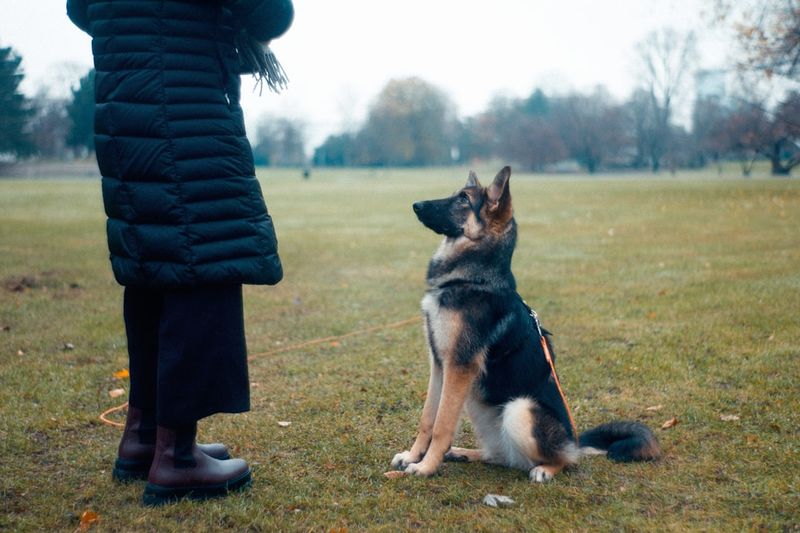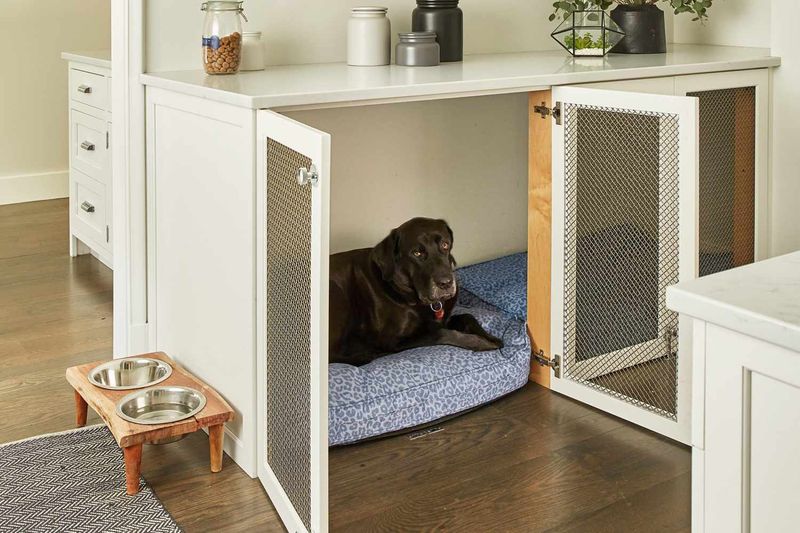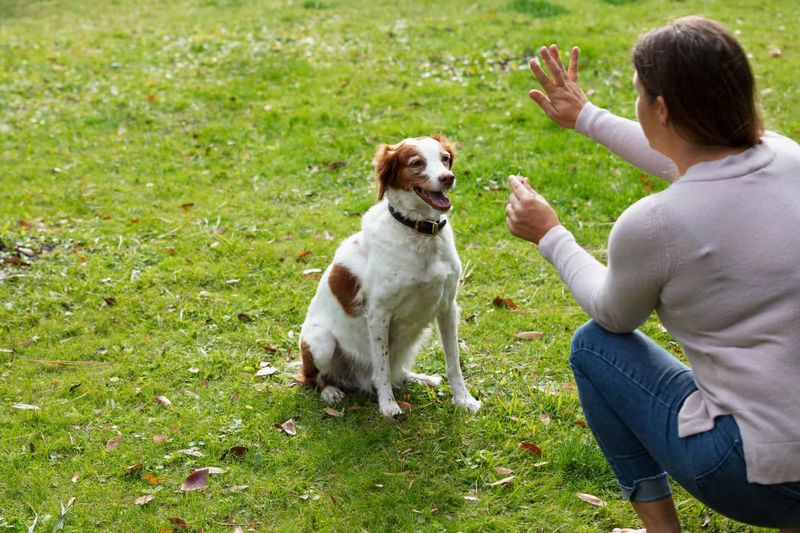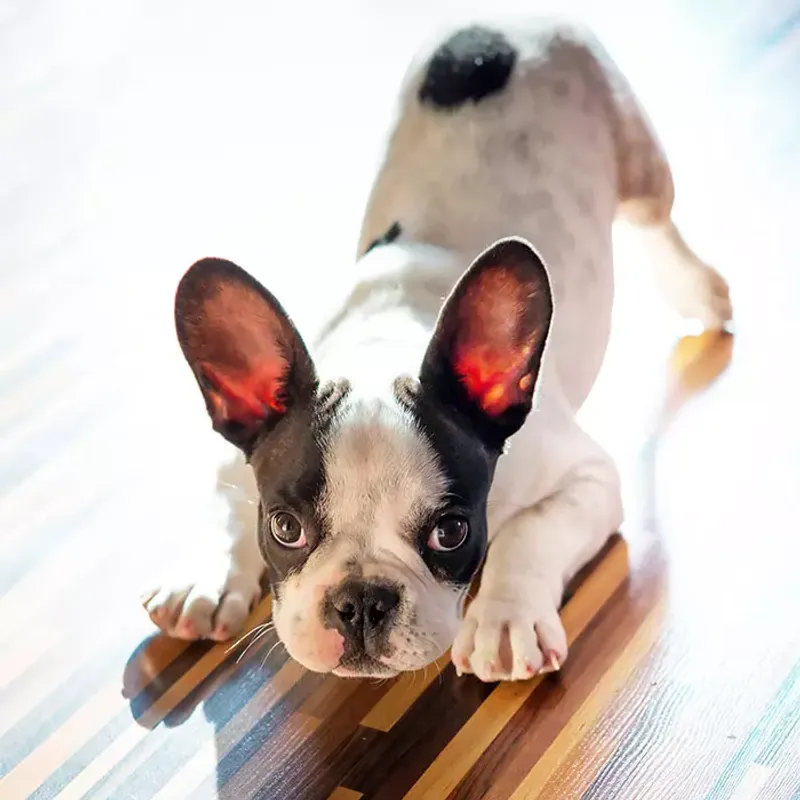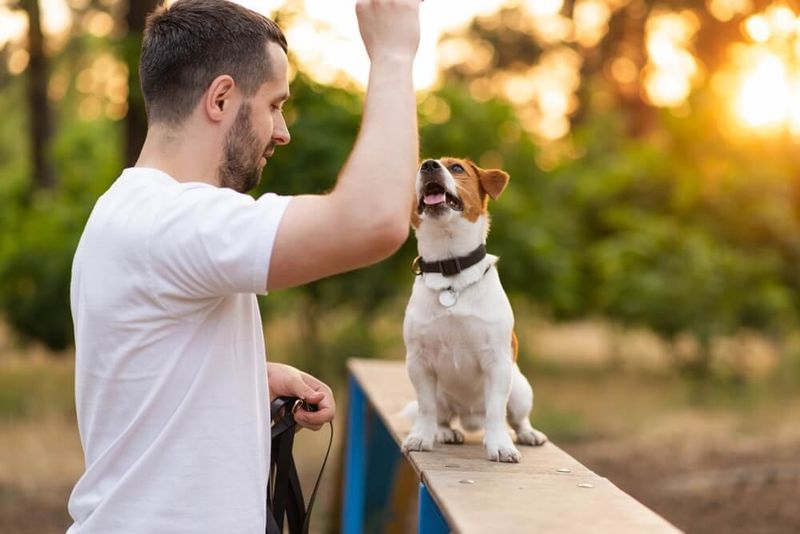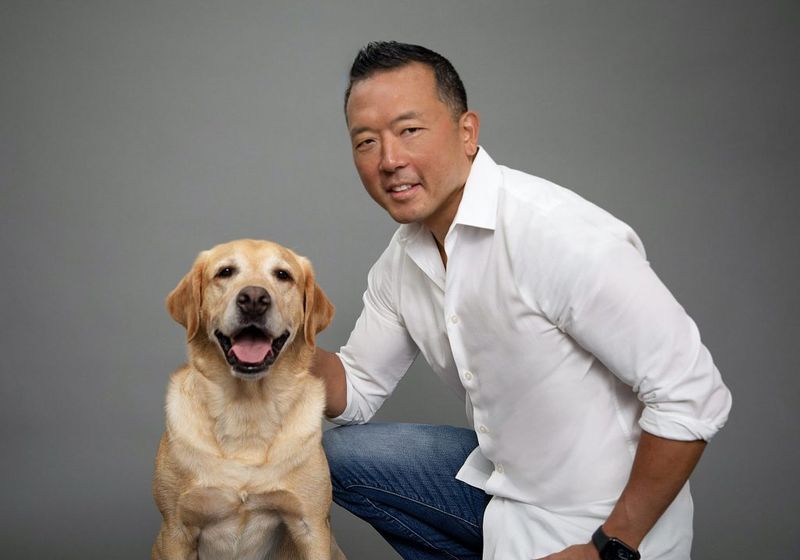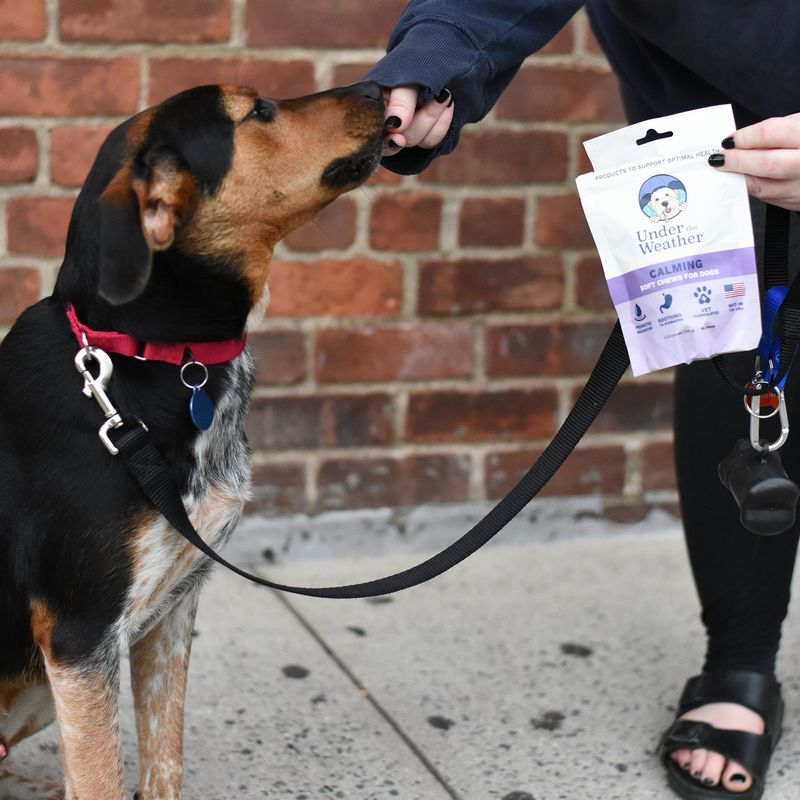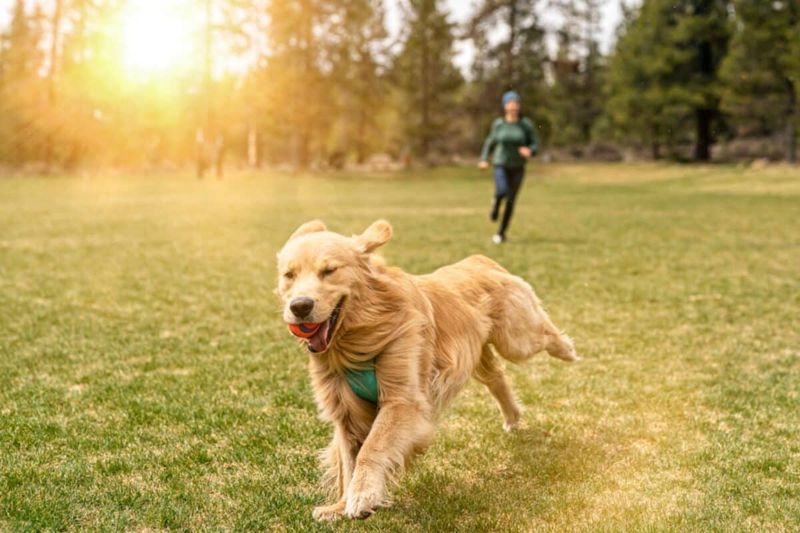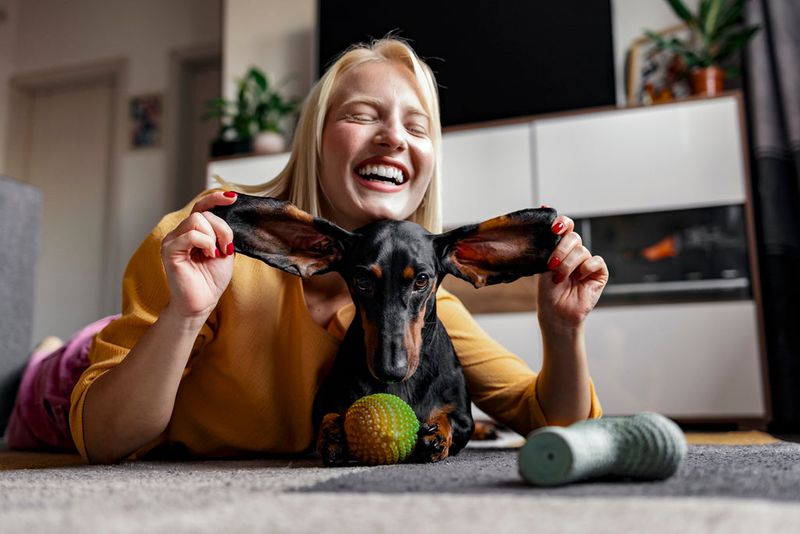Dealing with an aggressive dog can be challenging, but it’s essential to approach the situation with patience and understanding. Dogs often display aggression when they are scared or anxious, and it’s our responsibility to help them feel safe and secure.
Understand Their Triggers
Every dog has its triggers. Identifying these is the first step in calming an aggressive dog. Pay attention to the situations that make your dog uneasy or aggressive. Is it the doorbell, strangers, or perhaps other dogs? Once you know what sets them off, you can work on reducing exposure or gradually desensitizing them to these stimuli. Understanding their triggers helps in creating a safe environment. It’s like knowing someone’s pet peeve; once you know, you can avoid it and keep things peaceful. Remember, patience is vital as you work through this together.
Create a Safe Space
Just like us, dogs need a place where they can feel completely at ease. Designate a space in your home that’s all theirs. Fill it with their favorite toys, a comfy bed, and maybe an item of your clothing for comfort. This sanctuary acts as a refuge during stressful times. When things get overwhelming, guiding your dog to this space can help them calm down. Think of it as their personal retreat. Over time, they’ll associate this area with relaxation and security.
Use Positive Reinforcement
Positive reinforcement is a powerful tool in modifying behavior. When your dog behaves calmly or responds positively, reward them with treats, praise, or a favorite toy. This approach encourages them to repeat good behavior. Imagine shaping their reactions like a sculptor chiseling a masterpiece. Every reward is a stroke of encouragement. Avoid punishment, as it can increase anxiety and make aggression worse. The goal is to build trust and confidence through positive experiences.
Learn Their Body Language
Dogs communicate through body language, and understanding it can prevent aggression. Notice the subtleties in their behavior: a wagging tail, pinned-back ears, or a lowered body. These cues offer insights into their emotions. It’s like reading a book with no words, yet full of meaning. Being attuned to these signals allows you to intervene before aggression escalates. The more you understand, the better you can respond. This silent conversation is key to building a harmonious relationship.
Introduce Obedience Training
Obedience training lays the foundation for good behavior. Training sessions can help channel your dog’s energy positively and strengthen your bond. Commands like sit, stay, and come can be life-saving in tense situations. Think of this as teaching them a new language, a way to communicate clearly. The more they learn, the more secure they feel in knowing what’s expected. Consistency and patience during training build trust, making it easier to calm them when needed.
Consult a Professional
Sometimes, despite our best efforts, professional help is needed. A certified dog trainer or animal behaviorist can provide personalized strategies to manage aggression. They have the expertise to tackle issues that may seem insurmountable. Enlisting a professional is like bringing in a guide who knows the terrain well. They can offer fresh perspectives and tools tailored to your dog’s needs. Remember, seeking help is a sign of strength, not failure. It’s about doing what’s best for your furry friend.
Utilize Calming Aids
Calming aids, such as vests or pheromone diffusers, can offer relief during stressful moments. These tools work by mimicking natural calming signals or providing comforting pressure. Think of them as a gentle hug for your pet. While not a standalone solution, they can complement other methods to reduce anxiety. It’s like adding ingredients to a recipe for tranquility. The right combination can make a noticeable difference. Always consult with your vet to choose the best options.
Exercise Regularly
Regular exercise is vital for a dog’s physical and mental health. It helps burn off excess energy that might otherwise manifest as aggression. Engage in activities your dog enjoys, such as walks, fetch, or agility courses. Imagine the joy of running free, the wind in their fur. Exercise provides an outlet for stress and promotes relaxation. It’s a simple yet effective way to keep aggression at bay. Plus, it strengthens the bond between you and your pet.
Maintain a Routine
Dogs thrive on routine. It provides a sense of predictability and security, reducing anxiety-induced aggression. Establish consistent feeding, walking, and playtime schedules. Routine acts like a comforting rhythm in their lives, helping them know what to expect. This structure can alleviate fears, making them more receptive to positive interactions. Imagine it as a steady beat in the background, keeping everything in harmony. It’s a simple way to build trust.
Practice Patience and Empathy
Patience and empathy are essential in dealing with an aggressive dog. Remember, they’re not acting out of spite; often, it’s fear or confusion. Approach every situation with a calm demeanor and understanding attitude. Imagine their world; changes can be scary, and your compassion can be their anchor. This emotional support can make a world of difference, helping them feel secure and loved. It’s a journey of building trust, one gentle step at a time.
